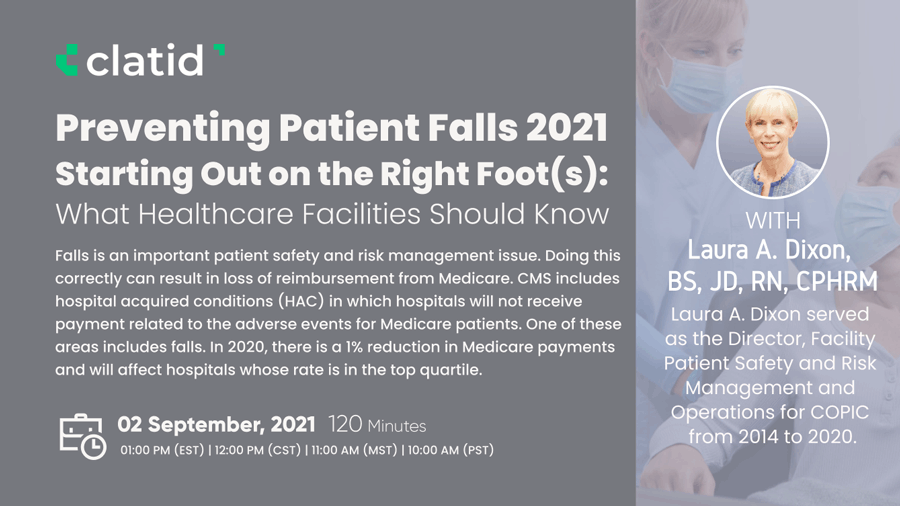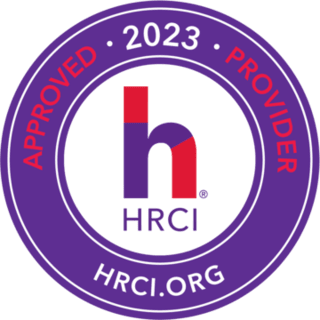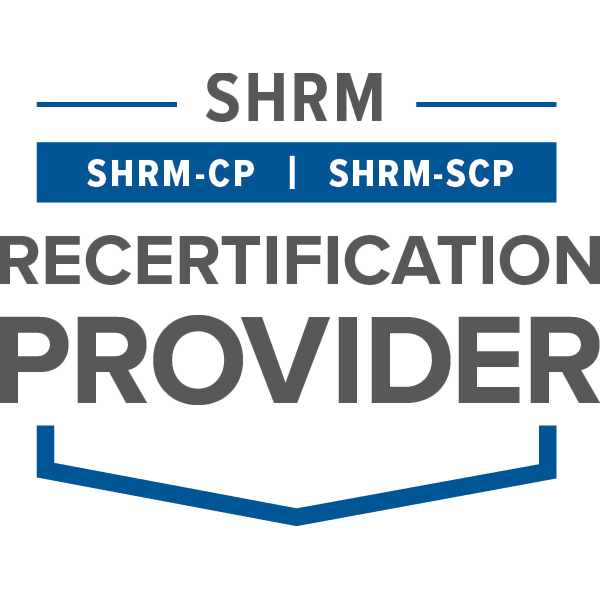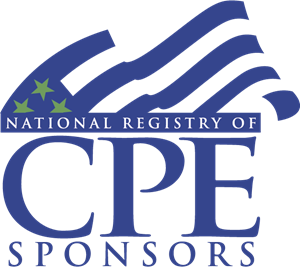- Topics
- Webinars
- Products & Services
- Customer Help
- Resources



Falls are important patient safety and risk management issues. Doing this correctly can result in loss of reimbursement from Medicare. CMS includes hospital-acquired conditions (HAC) in which hospitals will not receive a payment related to the adverse events for Medicare patients. One of these areas includes falls. In 2020, there is a 1% reduction in Medicare payments and will affect hospitals whose rate is in the top quartile.
Falls are the number one HAC. Patient death or serious injury associated with a fall is also one of the 29 National Quality Forum Never Events in which some states have agreed not to bill for. Falls can result in the filing of a medical malpractice case. This seminar will discuss how to comply with the Joint Commission and the CMS hospital CoP standards on falls.
Every hospital should consider having a fall team to look at this important patient safety issue. Preventing falls among patients requires a multifaceted approach. This seminar will discuss recognition, evaluation, assessment, categories of risk, policies, and procedures, evidenced-based literature, toileting, medication alteration, hourly rounding, post-fall huddle, need to increase mobility, signage, no passing zone, safe room set up, patient education, incident reports and prevention of falls.
Preventing falls and fall-related injuries is an important issue for hospitals today. Fall prevention is a crucial topic for today’s aging population. Patient falls are the leading cause of injury-related deaths for patients over 65 years of age. The goal is to reduce the number of falls, the severity of falls, and increase mobility. It is important that all healthcare facilities be up to date on the current evidence-based literature to reduce and prevent falls. This includes a toolkit on how to prevent falls by AHRQ and TJC 21 targeted solutions.
Falls are one of the most significant challenges for hospitals and other health care facilities. It will include information on medications that increase the fall rate and the pharmacist's role in the fall program. The program will cover a study on how the IT process helped a hospital reduce falls.
Attendance is a must for anyone serving on the falls team and anyone interested in preventing and reducing the number of falls in the hospital setting. All hospitals should have a falls team and fall team members should receive current and up-to-date information about falls.
Join Clatid this August to figure if your patient safety standards match the compliance regulations.
-Why do you need a fall program?
-Falls as a Joint Commission (TJC) Sentinel Event and revised definition
-Predictors for Risk for Falls
-Need to increase the mobility of patients
-TJC and CMS Standards
- TJC targeted solutions
-TJC Speak Up on Falls and video
-Falls road map
-CMS Adverse events and payment issue
-AHRQ Fall assessment toolkit and success stories
-Standard of Care, Lawsuits, and Claims, Caselaw
-Extent of Problem
-Definitions of fall
-Risk Assessment Tools: Morse, Hendrich II, STRATIFY, Johns Hopkins, Conley, Innes, Downton, Schmid, Tinetti, etc.
-Measurement of fall: Benchmarking, Comparison of falls
-Falls Research
-Dementia and fall assessments
-Intrinsic (age, history of falls, gait and balance deficit, weakness lower extremities, four or more prescriptions, decreased visual acuity, etc.)
-Extrinsic (distracting noises, use of restraints, toilets in the low position, bed in high position, time of day—increased risk at shift change, highly polished floor, poorly designed bathrooms, etc.)
-3 classifications of falls; accidental, unanticipated physiological falls, anticipated physiological falls
-Intervention/Prevention Strategies
-Risk Assessment
-Fall predictors
-Assessing Individual Risk Factors: Admission,
-Change in Condition after a Fall
-Instruments to Conduct Risk Assessment
-Comprehensive Fall Prevention Program
-Environmental rounds,
- Responsibilities of staff
-Evaluating the Environment:
- Bedrail Hazard,
-How IT program reduced hospital falls by 50%
-Clinical Alarm System
-Staffing Levels,
-Toileting,
-Staff Education, Patient/Family
-New guidelines on falls
-Medications and fall risk
-Restraint Issues,
-Get up and go test procedure
-Post Fall Assessment
-FMEA/RCA
-Monitoring a Program’s Effectiveness
-Fall Team Members
-Nurses
-Quality Management Coordinator
-Joint Commission Coordinator
-Regulatory Affairs Director
-Patient Safety Officer
-Nurse Supervisors
-Chief Nursing Officer
-Chief Medical Officer or VP of Medical Staff
-Joint Commission Coordinator
-Compliance Officer
-Legal Counsel
-Chief Operating Officer
-Pharmacist
-Patient Safety Officer
-Risk Manager
-Quality Director
-Hospital Legal Counsel
-Nurse Supervisor
-Occupational or Physical Therapists
-Nurse Educator
-Physicians
-VP of Medical Staff
-Nursing Assistants
-Nurse Managers
-Consumer Advocate
-Department Directors
-Department Falls Champion
-Falls Clinical Nurse Specialist
-Anyone involved in preventing patient falls
-Recall that every hospital should have a falls program
-Describe that all staff should know how to define what constitutes a fall and how to measure the fall rate
-Explain that there are intrinsic and extrinsic causes of falls
-Recall that falls are one of the things CMS will not pay for on Medicare patients if they occur during hospitalization and cause serious injury or death
-Discuss that toileting and hourly rounding can reduce falls in high-risk patients
-Discuss the issue of decreased mobility and how it can result in falls
-List evidenced-based fall assessment tools used in inpatient and outpatient settings

Laura A. Dixon served as the Director, Facility Patient Safety and Risk Management and Operations for COPIC from 2014 to 2020. In her role, Ms. Dixon provided patient safety and risk management consultation and training to facilities, practitioners, and staff in multiple states. Such services included the creation of and presentations on risk management topics, assessment of healthcare facilities; and development of programs and compilation of reference materials that complement physician-oriented products.
Ms. Dixon has more than twenty years of clinical experience in acute care facilities, including critical care, coronary care, peri-operative services, and pain management. Prior to joining COPIC, she served as the Director, Western Region, Patient Safety and Risk Management for The Doctors Company, Napa, California. In this capacity, she provided patient safety and risk management consultation to the physicians and staff for the western United States.
Ms. Dixon’s legal experience includes medical malpractice defense and representation of nurses before the Colorado Board of Nursing.
As a registered nurse and attorney, Laura holds a Bachelor of Science degree from Regis University, RECEP of Denver, a Doctor of Jurisprudence degree from Drake University College of Law, Des Moines, Iowa, and a Registered Nurse Diploma from Saint Luke’s School Professional Nursing, Cedar Rapids, Iowa. She is licensed to practice law in Colorado and California.
Clatid Webinar Certification - Clatid rewards you with Clatid Achievement Certification for unlocking and attending this webinar. It is to acknowledge your participation in this training session and to add more to your professional score.
Clatid Courses and Webinar or any Education published "Articles & Materials" strictly follows the standards and guidelines of the Professional Credit / CEU Providers and Well Researched before publishment.
Clatid doesn't support any Fake - News, Articles, or Compliance updates; Our Industry Experts are highly verified and recognized, and their Pre-publishment is verified via our experts and fact-checkers.
Sign up now on clatid.io. Visit clatid.io/webinar to discover a wide range of webinars from industry specialists. Tick on either ‘live webinar’ or ‘on-demand’, and simply click on ‘buy now’ to get enrolled.
You can refer Clatid to anyone in your social circle. Explore your industry with your colleagues by getting them signed up on clatid.io today!
Go for the topic of your keen interest on clatid.io. Tick on ‘live webinar’ and get enrolled! Easy registration, transparent transaction.
You can request for an on-demand webinar that records the live webinar for you. After the webinar ends, you will have full access to the webinar’s recording. You can also explore Clatid offline to order your webinar DVDs, flash drives and transcripts.
If you can’t attend the live webinar, simply go for the ‘on-demand webinar’ for the same price! Now, the live webinar recording will be saved in a cloud storage for you to access anytime from anywhere.
Clatid offers both hard and soft copies of the webinars. It contains all the highlights as well as comprehensive descriptions of the webinar, so you never miss out a single detail.
After attending the live webinar, your certificate will be emailed to you. You can download it and add more charm to your professional score.
At the end of each webinar, you have the opportunity to interact with your industry experts, where you will get answers to all your queries.
Can’t attend the live webinar? Clatid has got you covered! You can always switch to the on-demand webinar from your portal. You can also get your hands on the webinar’s DVD/flash drive and transcript. So order them now!
Clatid brings a variety of options for offline learning. Order your DVDs, flash drives or transcripts now to have a lifetime access to Clatid webinars. You can also go for on-demand recordings. Download and watch it anytime from anywhere in the world!


